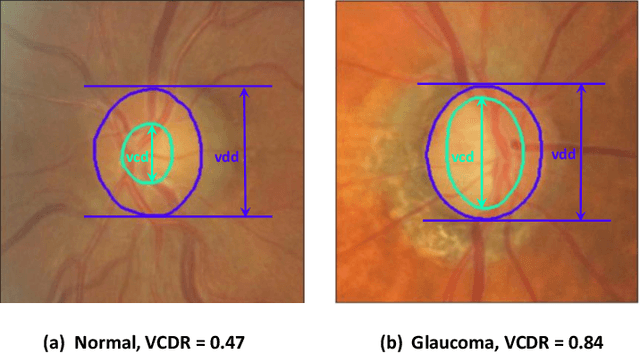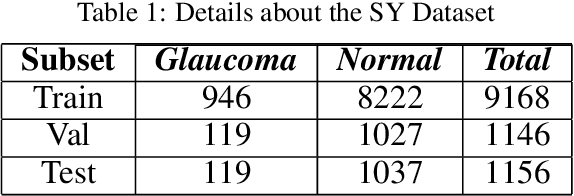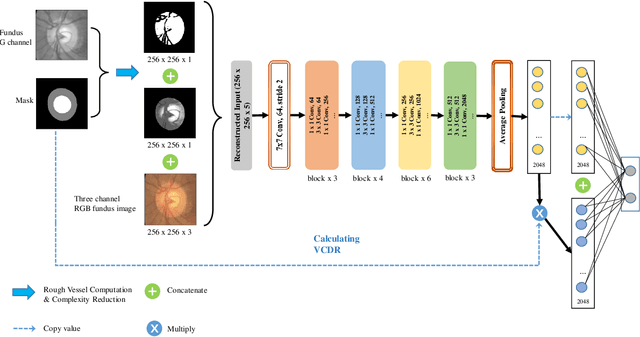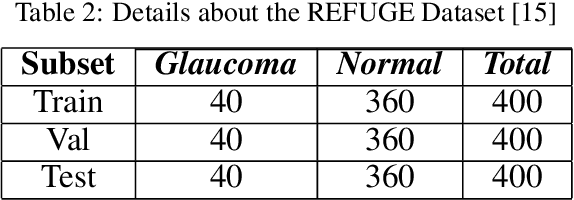Yanni Wang
Reinforcement Learning for SAR View Angle Inversion with Differentiable SAR Renderer
Jan 02, 2024Abstract:The electromagnetic inverse problem has long been a research hotspot. This study aims to reverse radar view angles in synthetic aperture radar (SAR) images given a target model. Nonetheless, the scarcity of SAR data, combined with the intricate background interference and imaging mechanisms, limit the applications of existing learning-based approaches. To address these challenges, we propose an interactive deep reinforcement learning (DRL) framework, where an electromagnetic simulator named differentiable SAR render (DSR) is embedded to facilitate the interaction between the agent and the environment, simulating a human-like process of angle prediction. Specifically, DSR generates SAR images at arbitrary view angles in real-time. And the differences in sequential and semantic aspects between the view angle-corresponding images are leveraged to construct the state space in DRL, which effectively suppress the complex background interference, enhance the sensitivity to temporal variations, and improve the capability to capture fine-grained information. Additionally, in order to maintain the stability and convergence of our method, a series of reward mechanisms, such as memory difference, smoothing and boundary penalty, are utilized to form the final reward function. Extensive experiments performed on both simulated and real datasets demonstrate the effectiveness and robustness of our proposed method. When utilized in the cross-domain area, the proposed method greatly mitigates inconsistency between simulated and real domains, outperforming reference methods significantly.
Segmentation-based Information Extraction and Amalgamation in Fundus Images for Glaucoma Detection
Sep 23, 2022



Abstract:Glaucoma is a severe blinding disease, for which automatic detection methods are urgently needed to alleviate the scarcity of ophthalmologists. Many works have proposed to employ deep learning methods that involve the segmentation of optic disc and cup for glaucoma detection, in which the segmentation process is often considered merely as an upstream sub-task. The relationship between fundus images and segmentation masks in terms of joint decision-making in glaucoma assessment is rarely explored. We propose a novel segmentation-based information extraction and amalgamation method for the task of glaucoma detection, which leverages the robustness of segmentation masks without disregarding the rich information in the original fundus images. Experimental results on both private and public datasets demonstrate that our proposed method outperforms all models that utilize solely either fundus images or masks.
 Add to Chrome
Add to Chrome Add to Firefox
Add to Firefox Add to Edge
Add to Edge